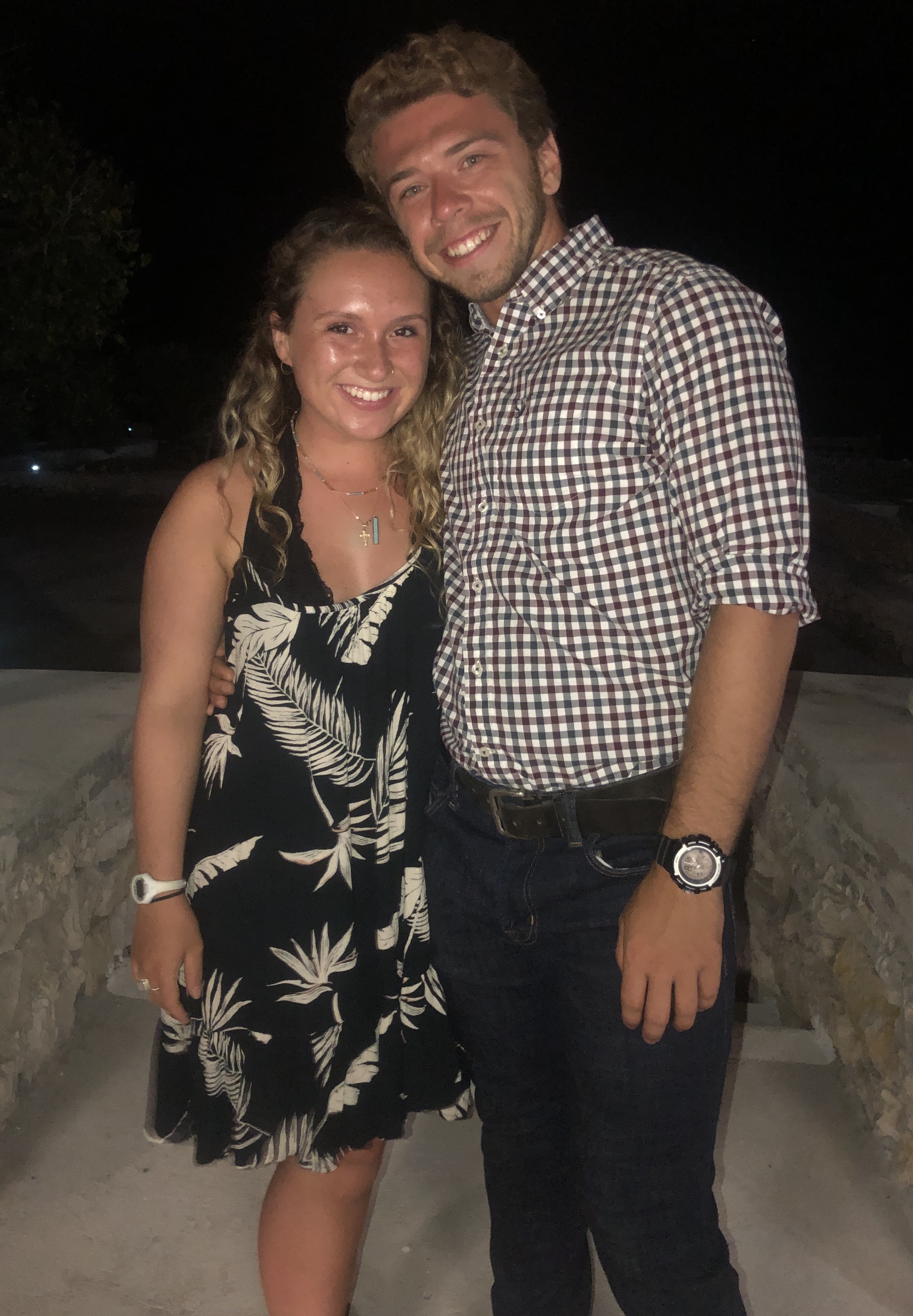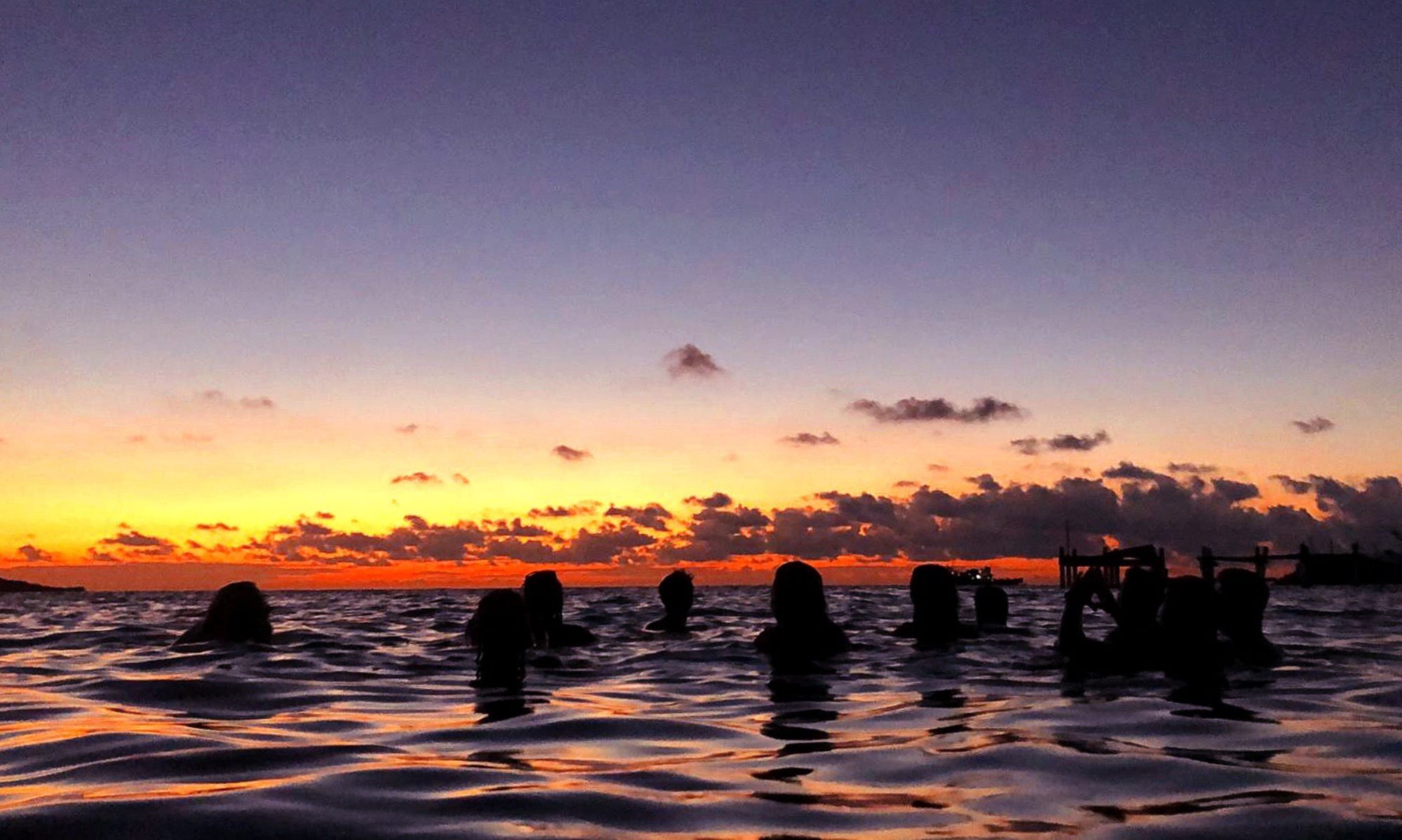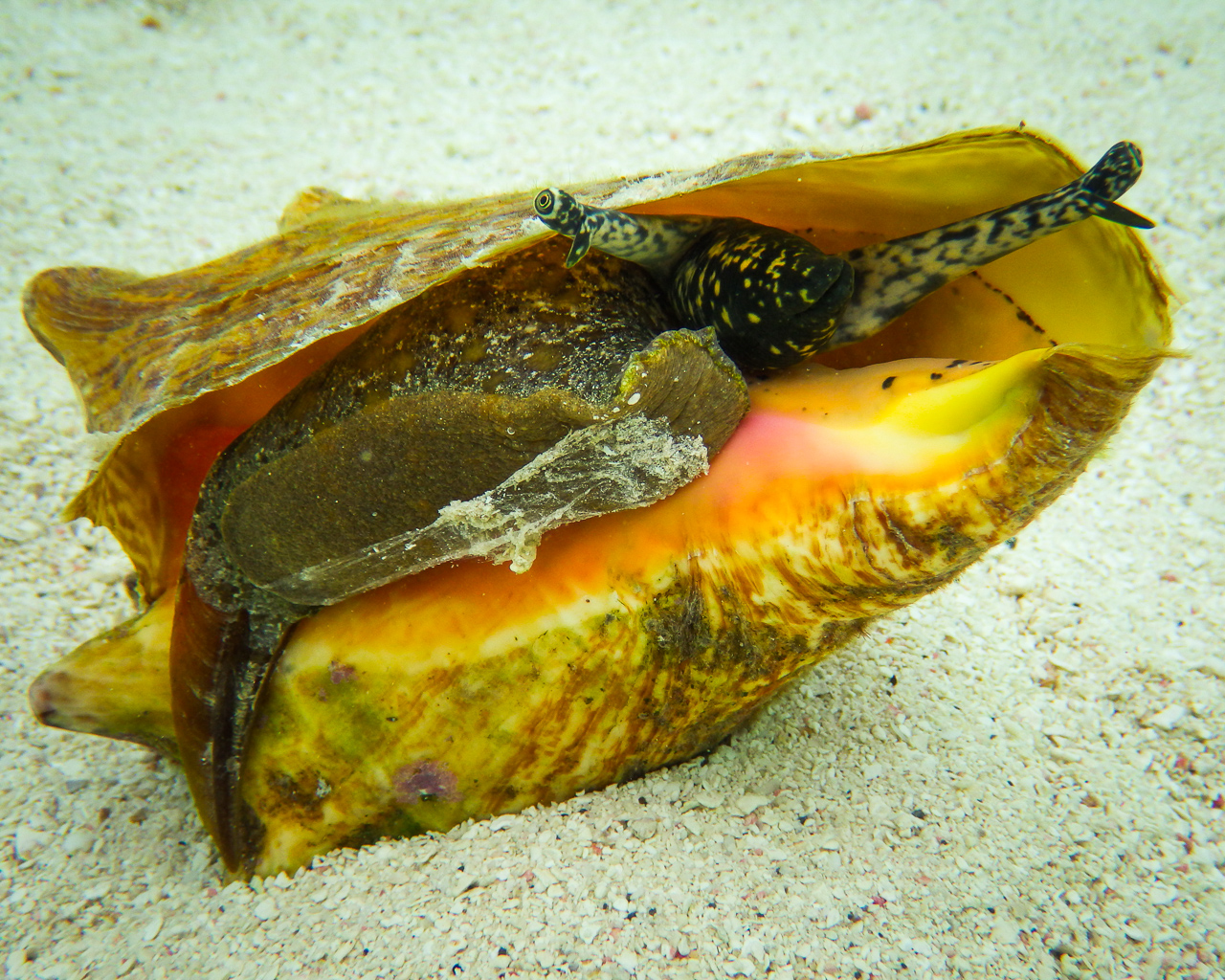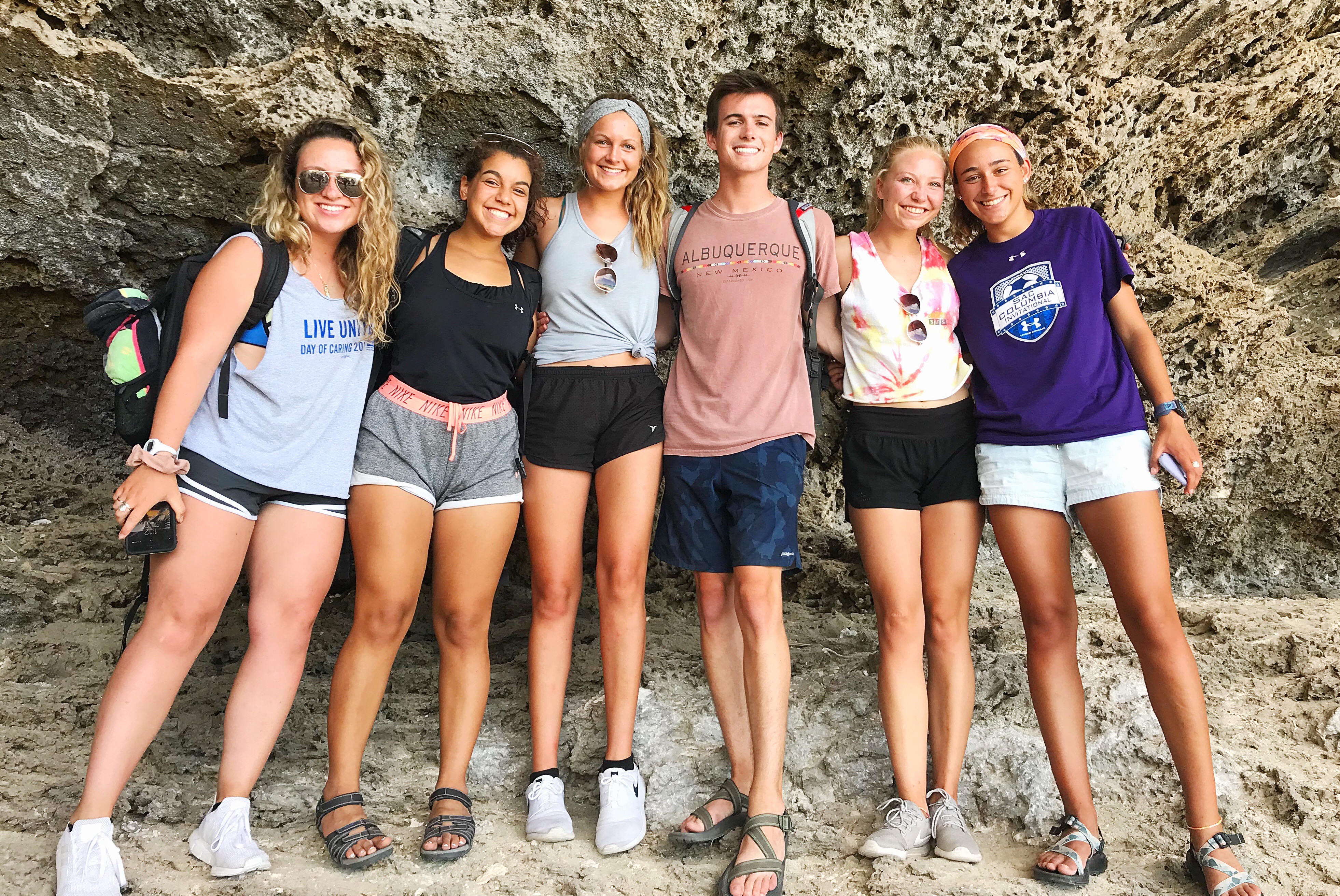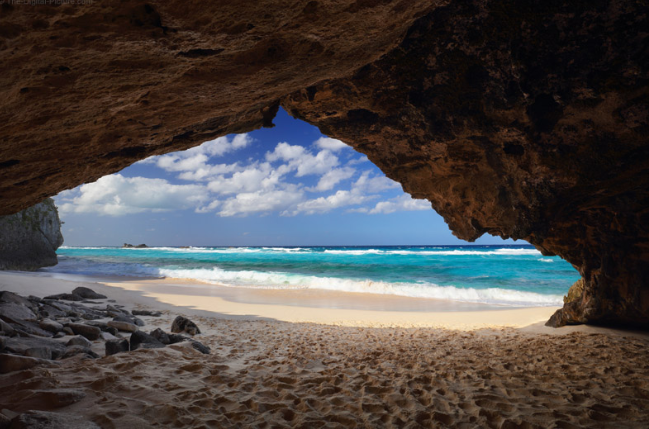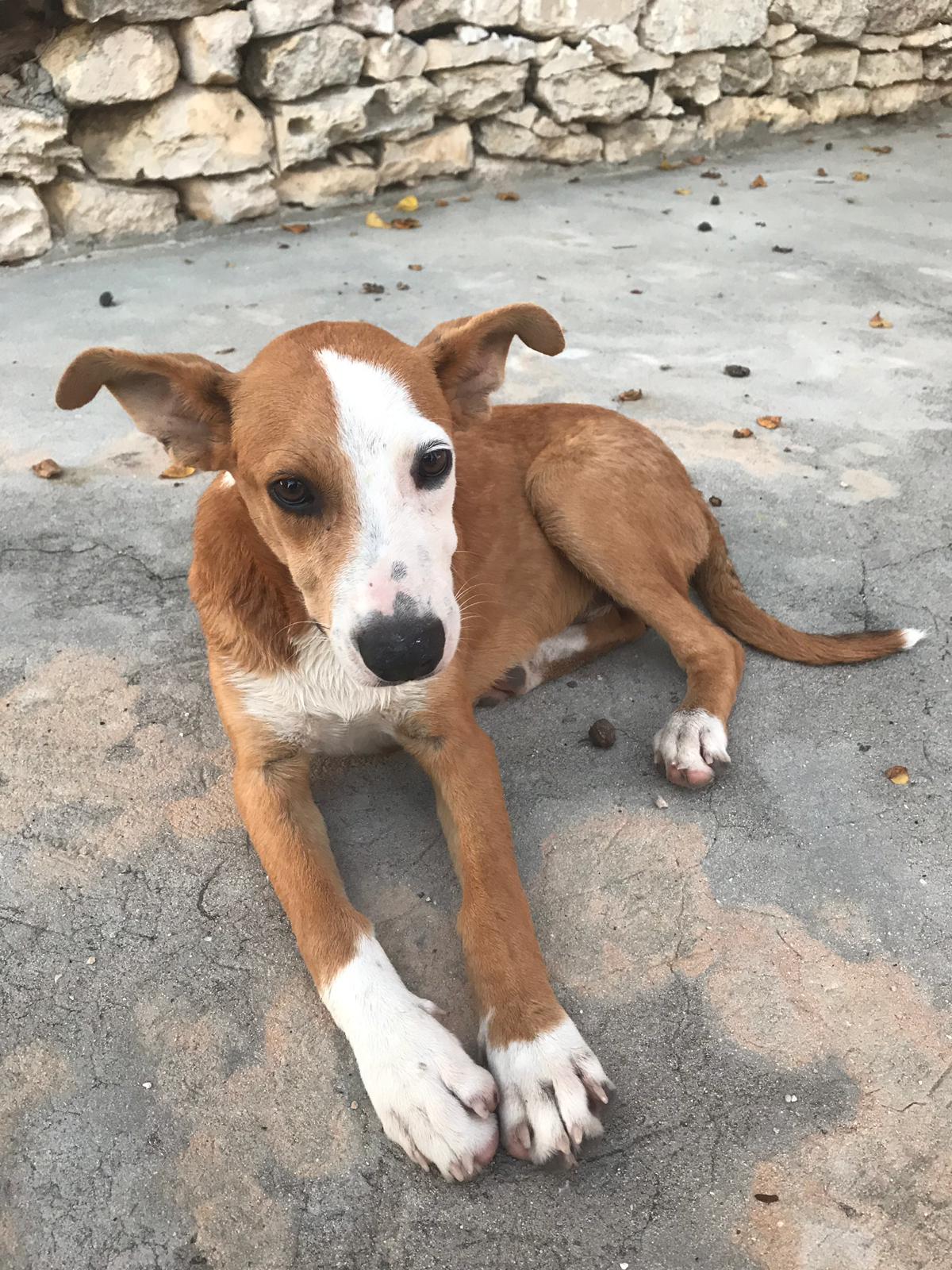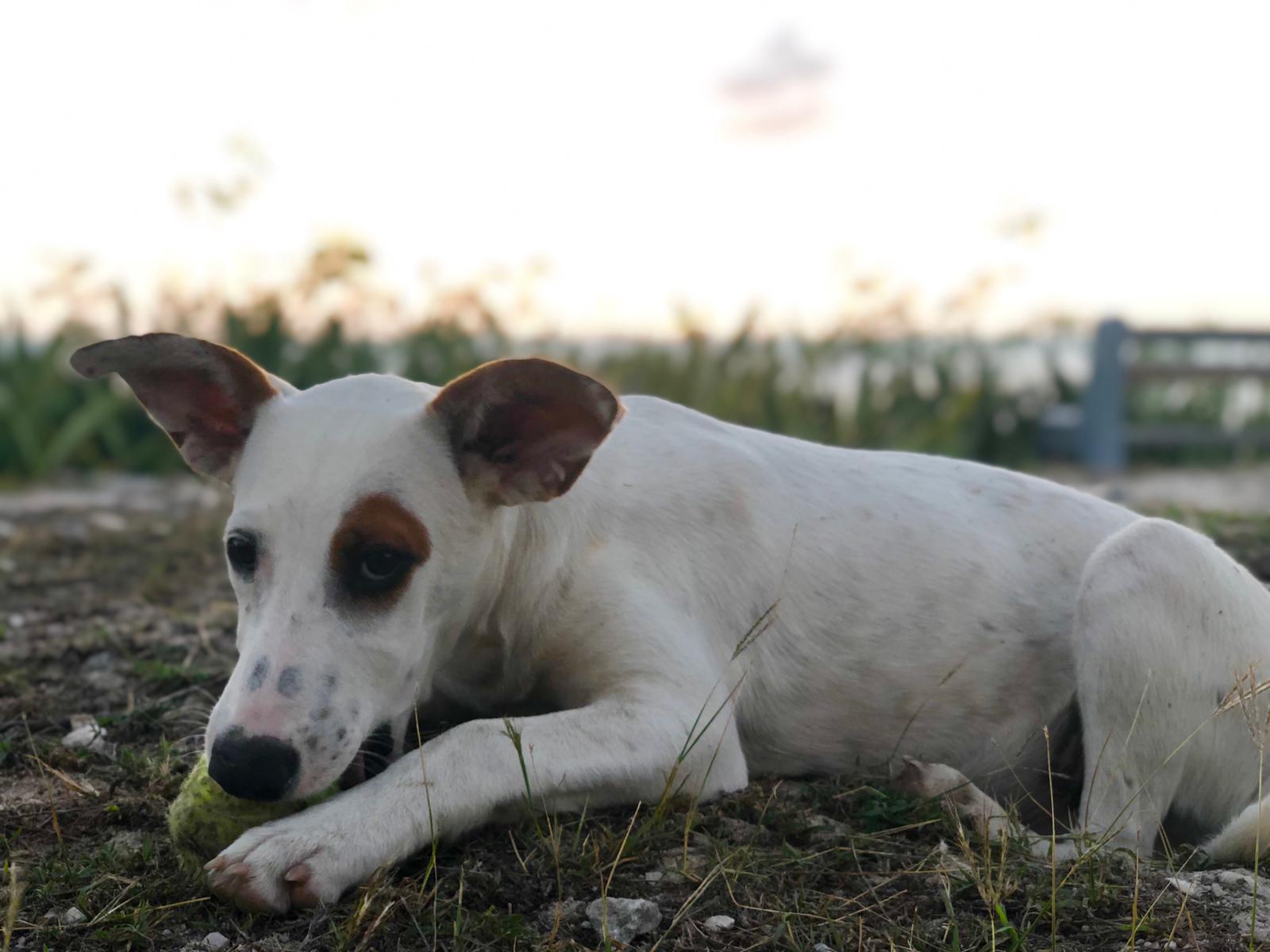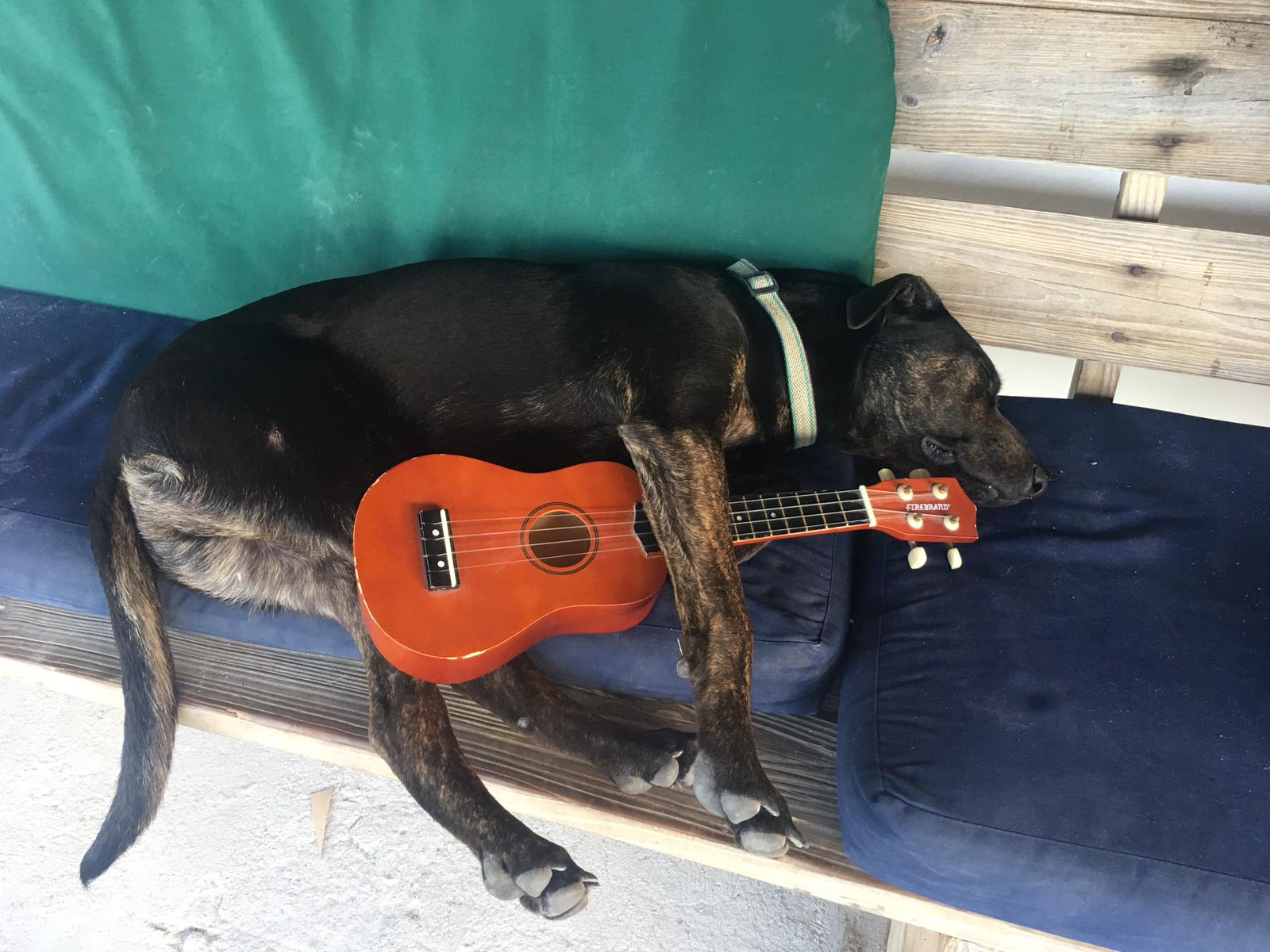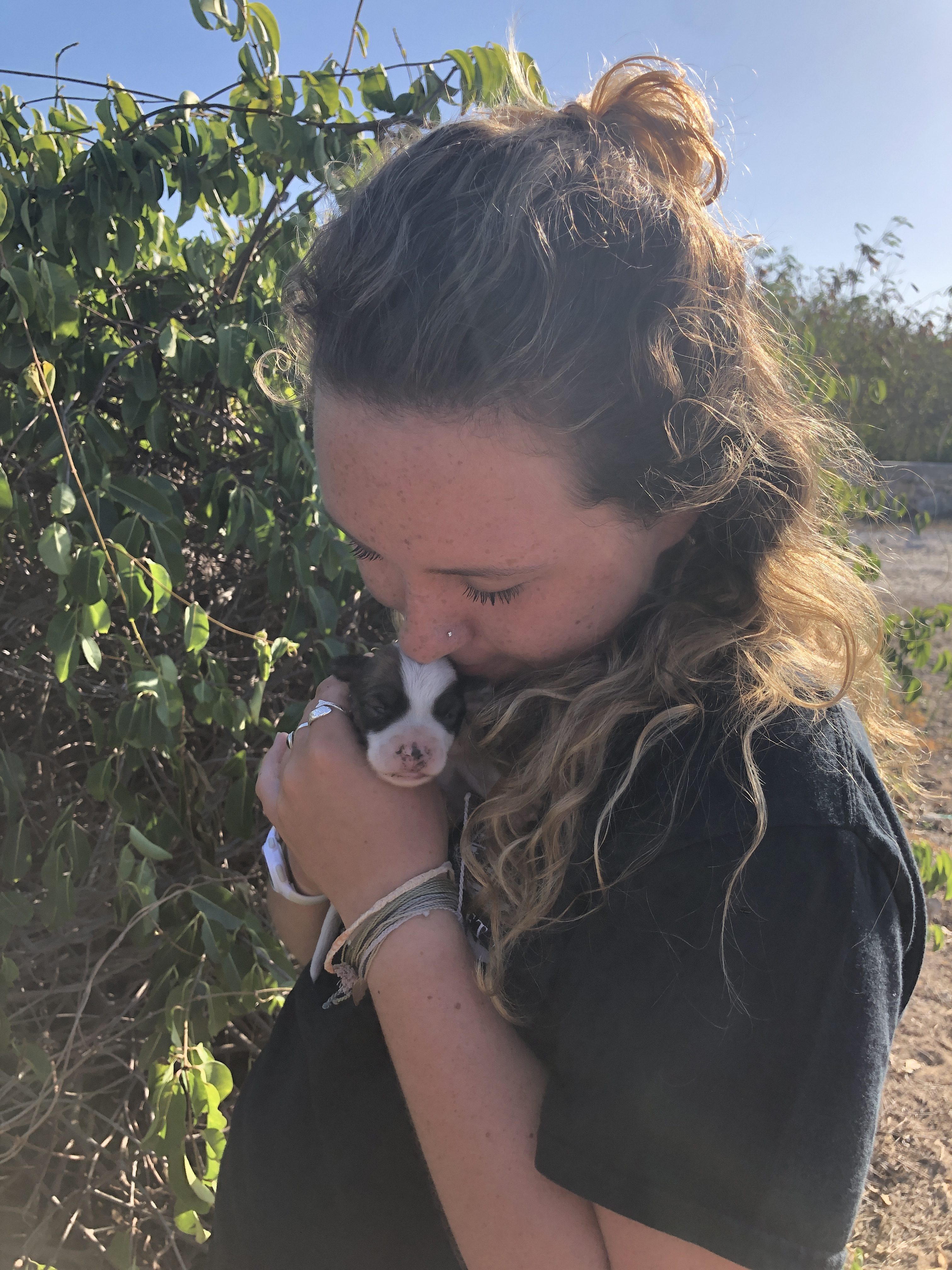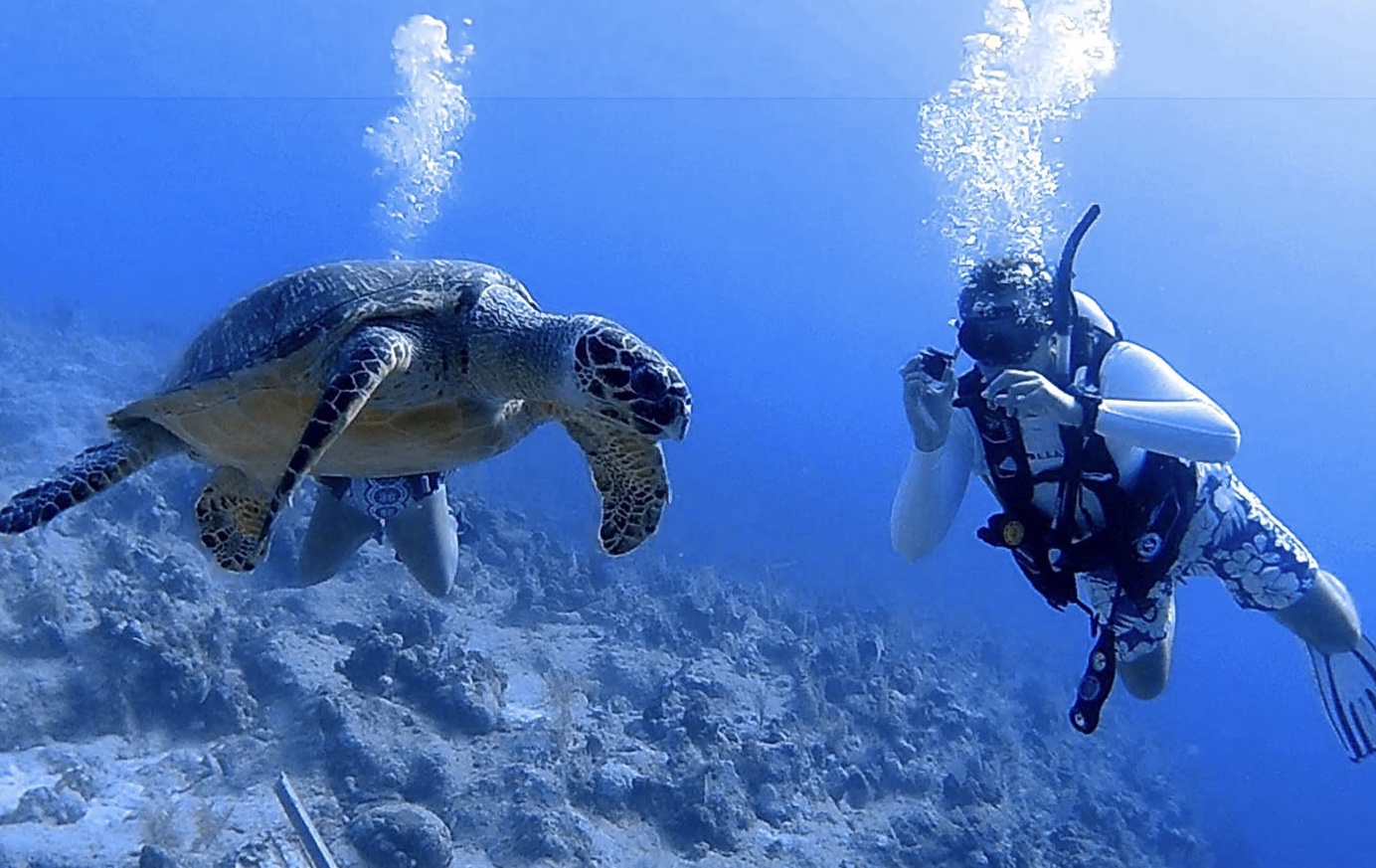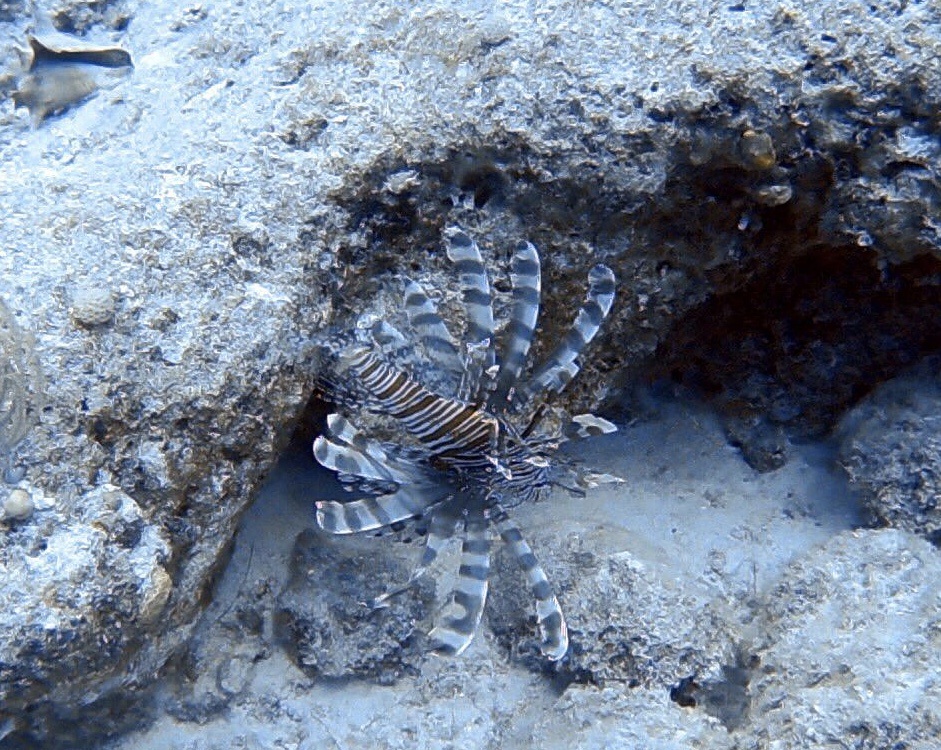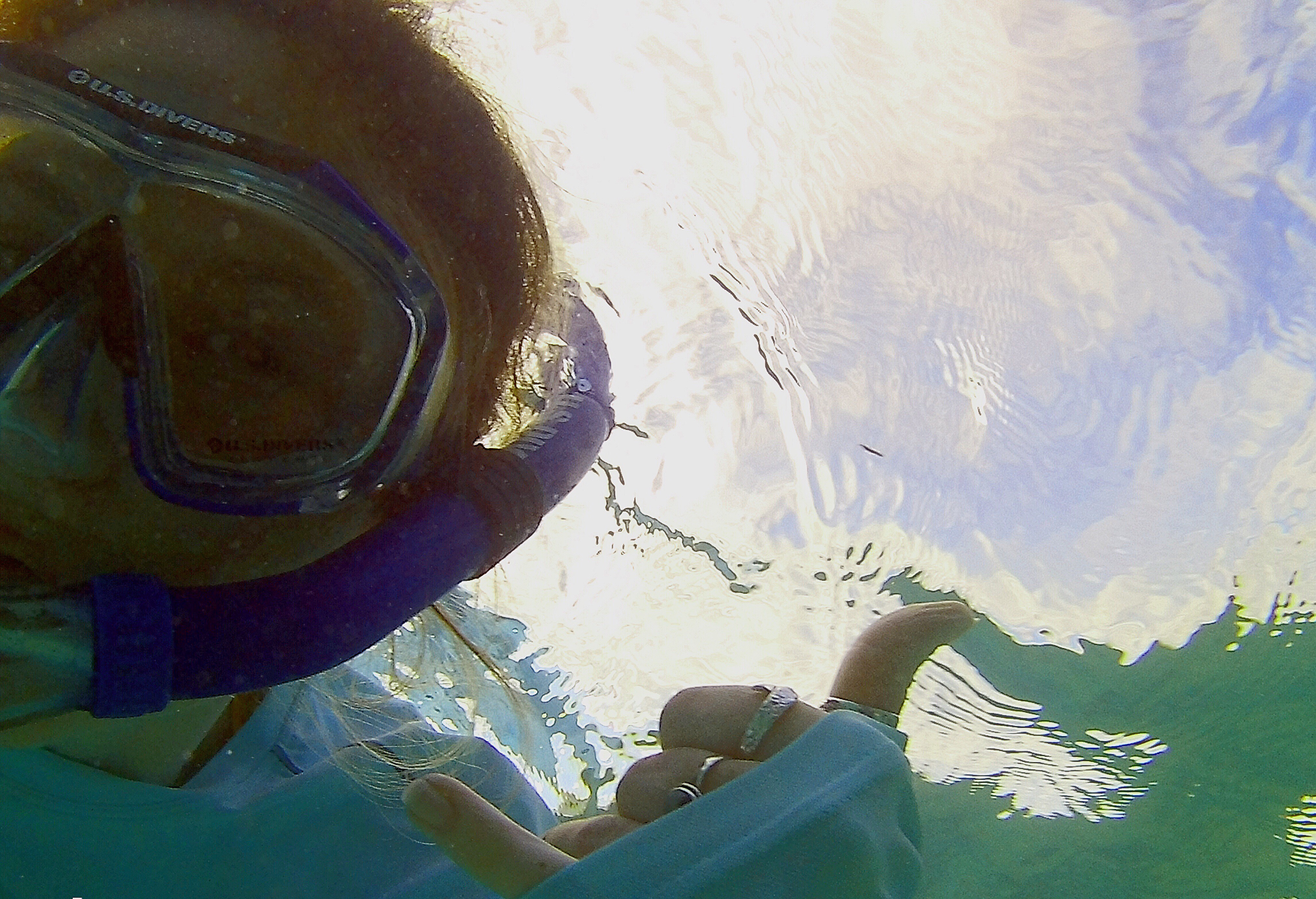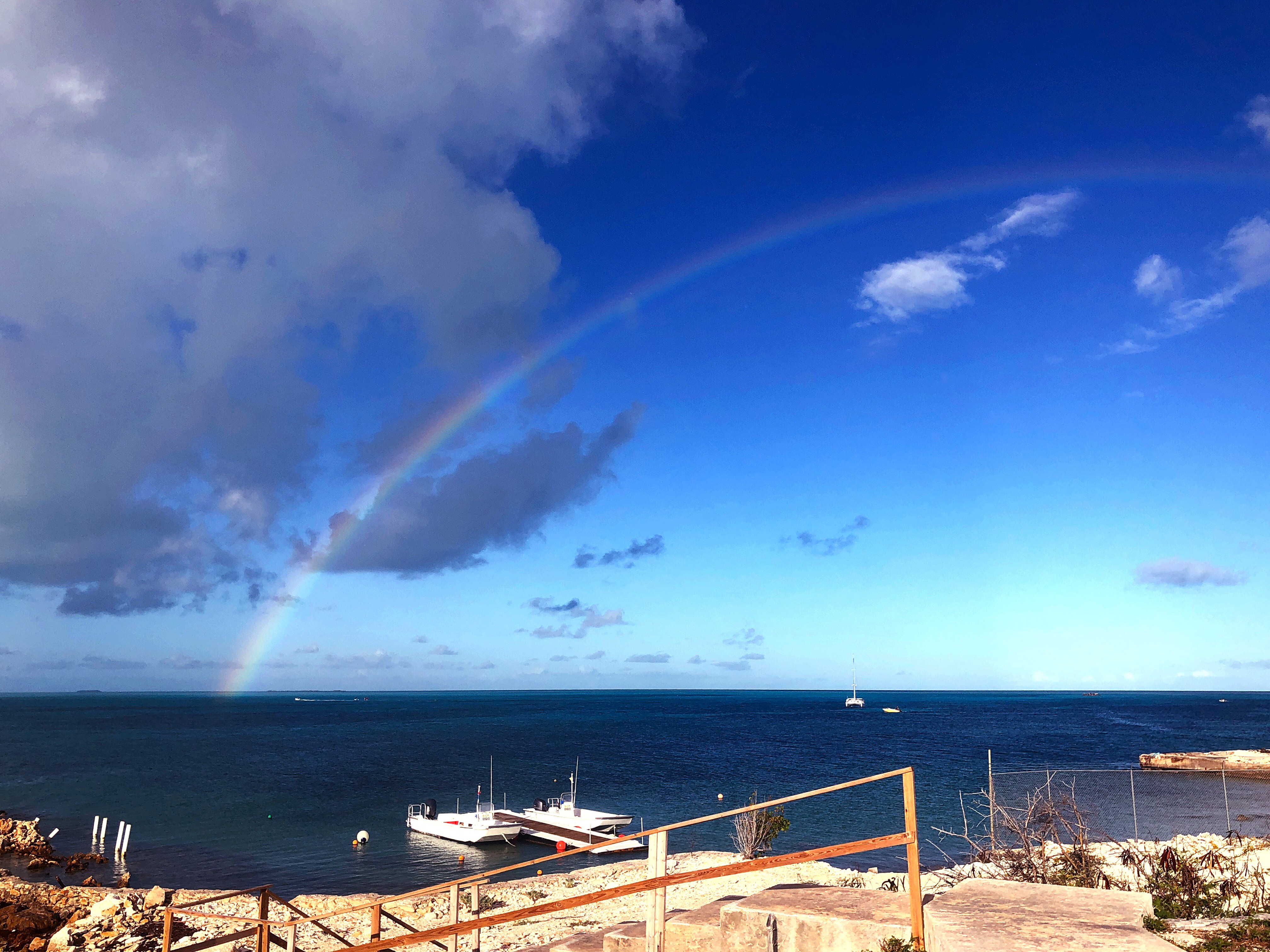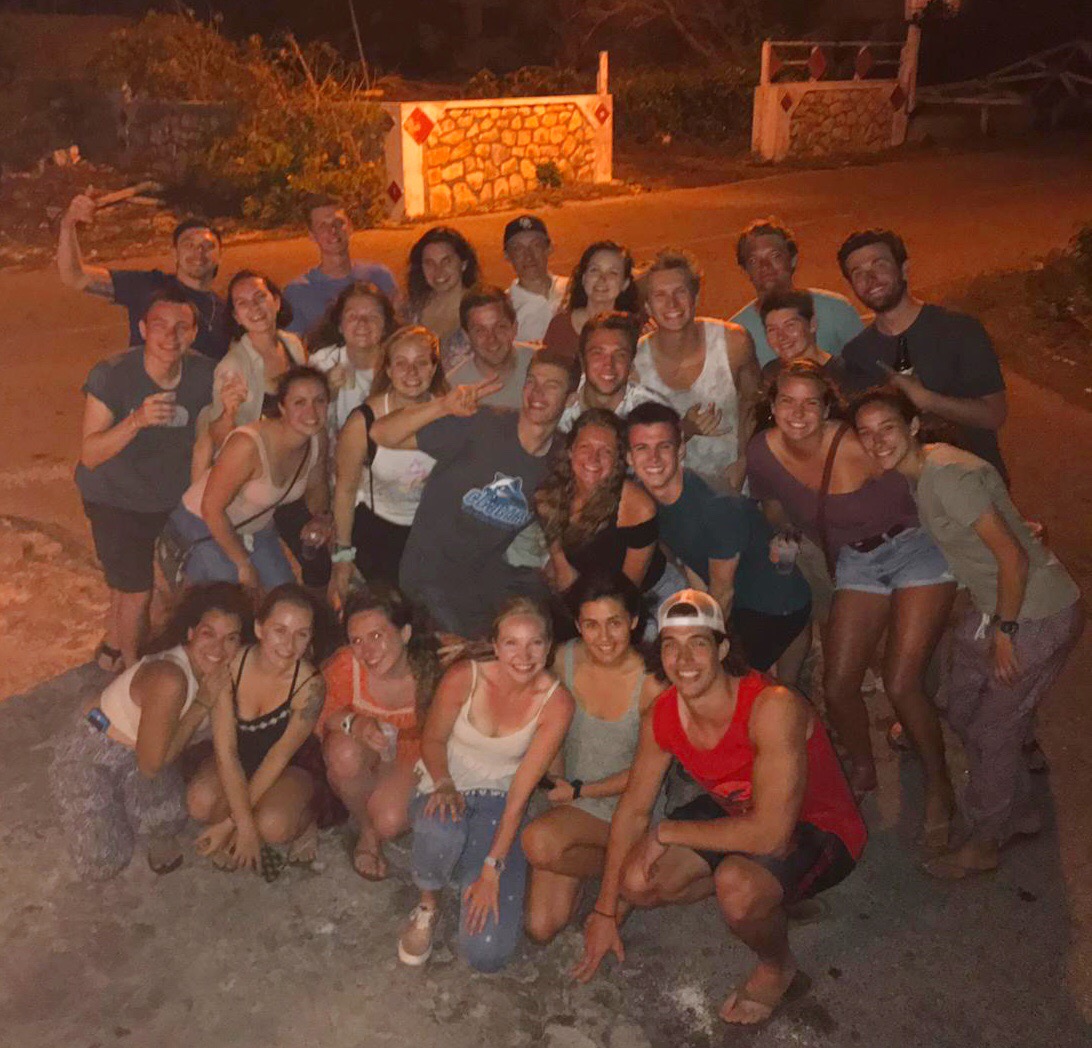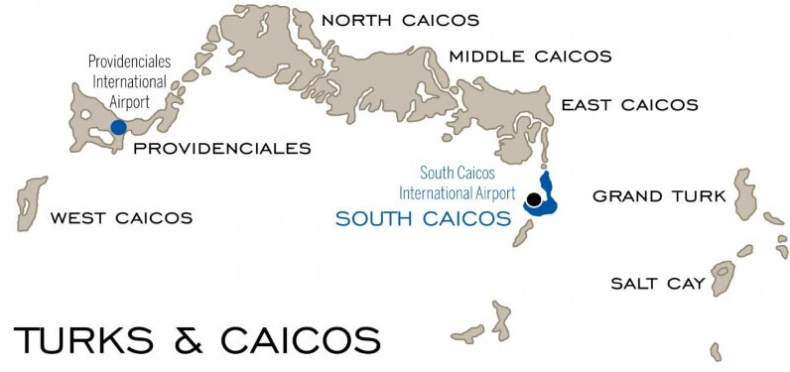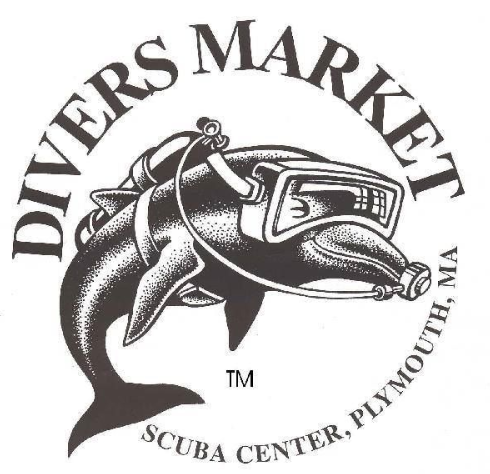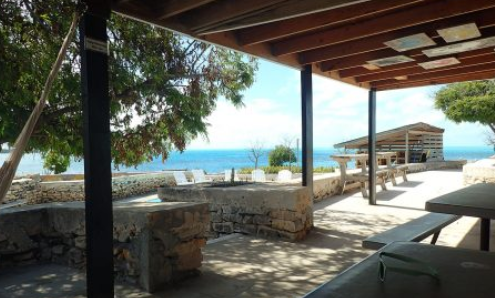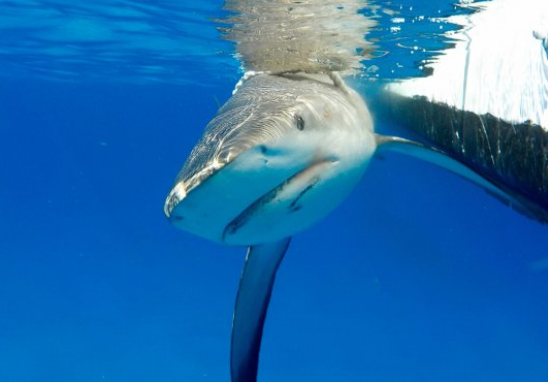We left the School for Field Studies research center, our home on South Caicos for the last 100 days, at 7:30 am. We had to clean our rooms down to the last grain of sand we had carried in after our final dives and snorkels. We packed our essentials and donated the rest. We cleaned out the classroom, the new location for an animal care clinic the following week. The leaves were swept up, and the refridgerator cleaned out. The 34 students worked together to thank our new home for the most beautiful experience.
Thanking the faculty and the most amazing interns came next. That’s when the tears started! By 8:00 am, nearly everyone had cried. As for me, I was sobbing. How can you say truly tell someone you may never see again how much they meant to you in the minutes before you board your flight? These professors helped us grow in so many ways, exceeding the bounds of a classroom. The interns were absolutely some of the most kind and genuine people I have ever met, and they were with us for every step of our journey. We ate breakfast, lunch, and dinner with them, but now it was time to say our final goodbyes as they returned to their rooms on South Caicos or traveled back home across the world.
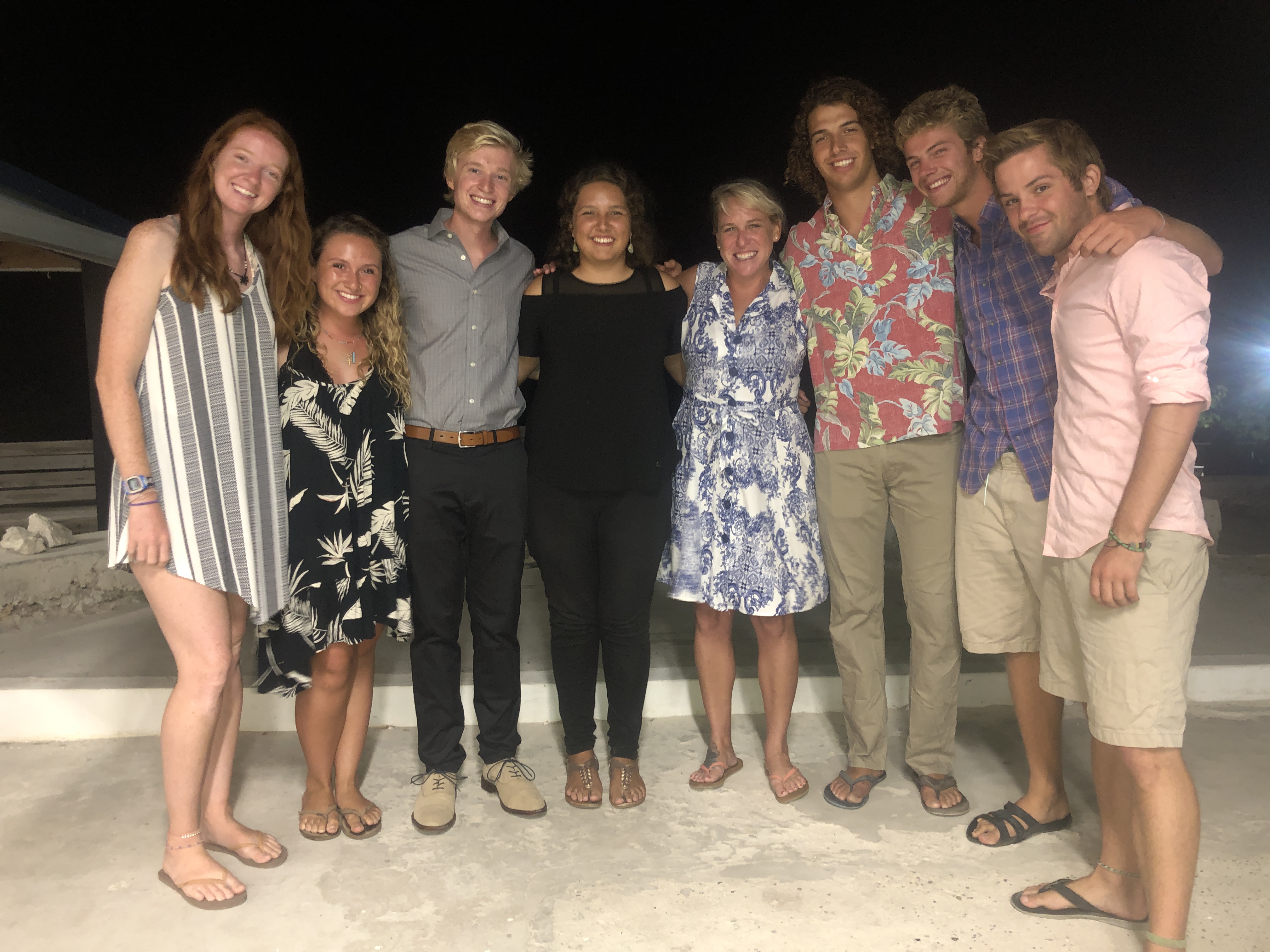
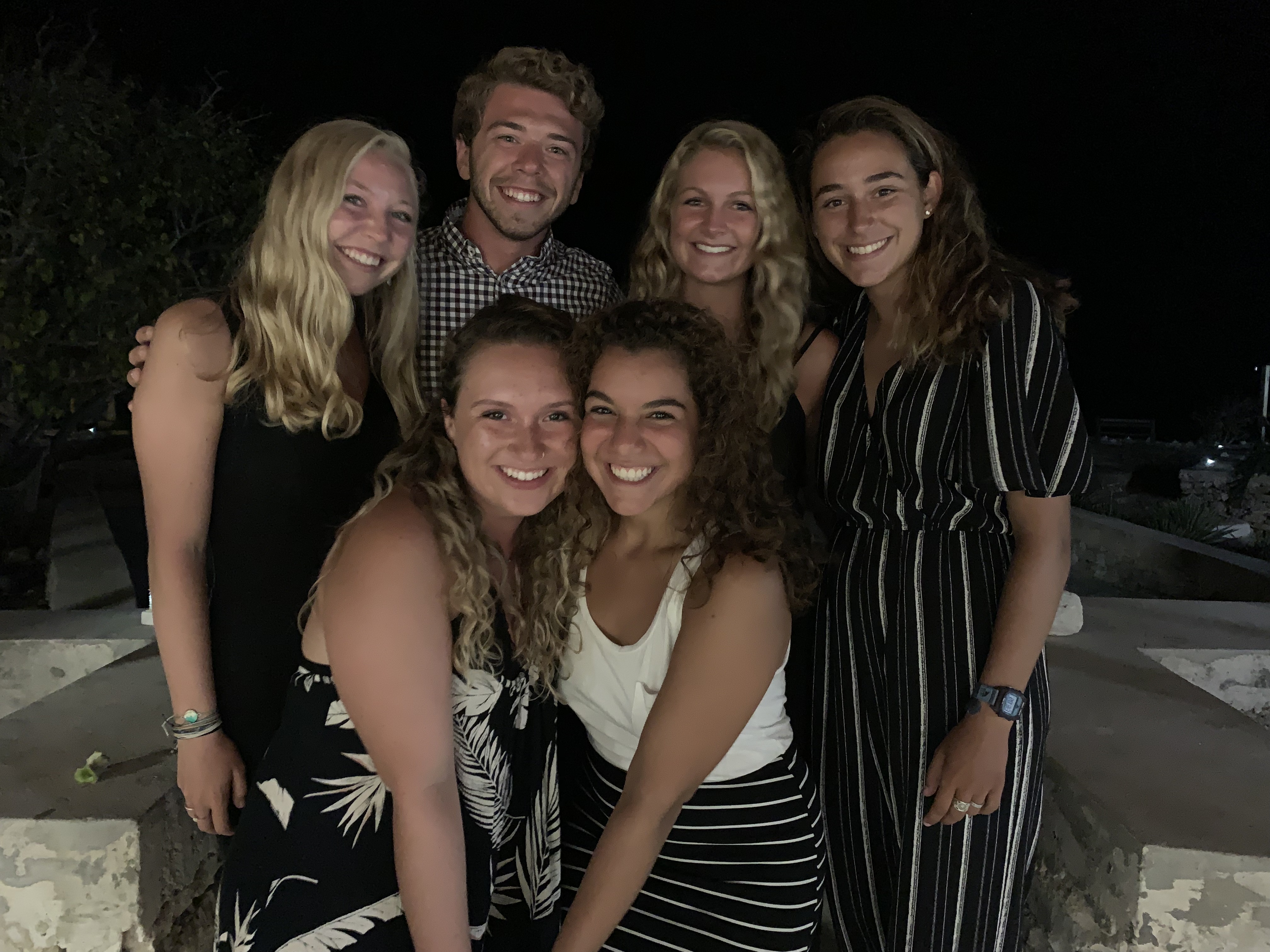
The student flights began at around 10:00 am, and they were staggered until about 3:30 pm. Each time a new group of students had to leave, everyone was a total mess. There was a refusal to believe it was finally happening, our last goodbyes. I think about 10 students asked me what “that feeling in their chest” was. That anxious pain, almost like you were experiencing a trauma? Saying goodbye to the most beautiful place and people was one of the saddest feelings I’ve ever come across.
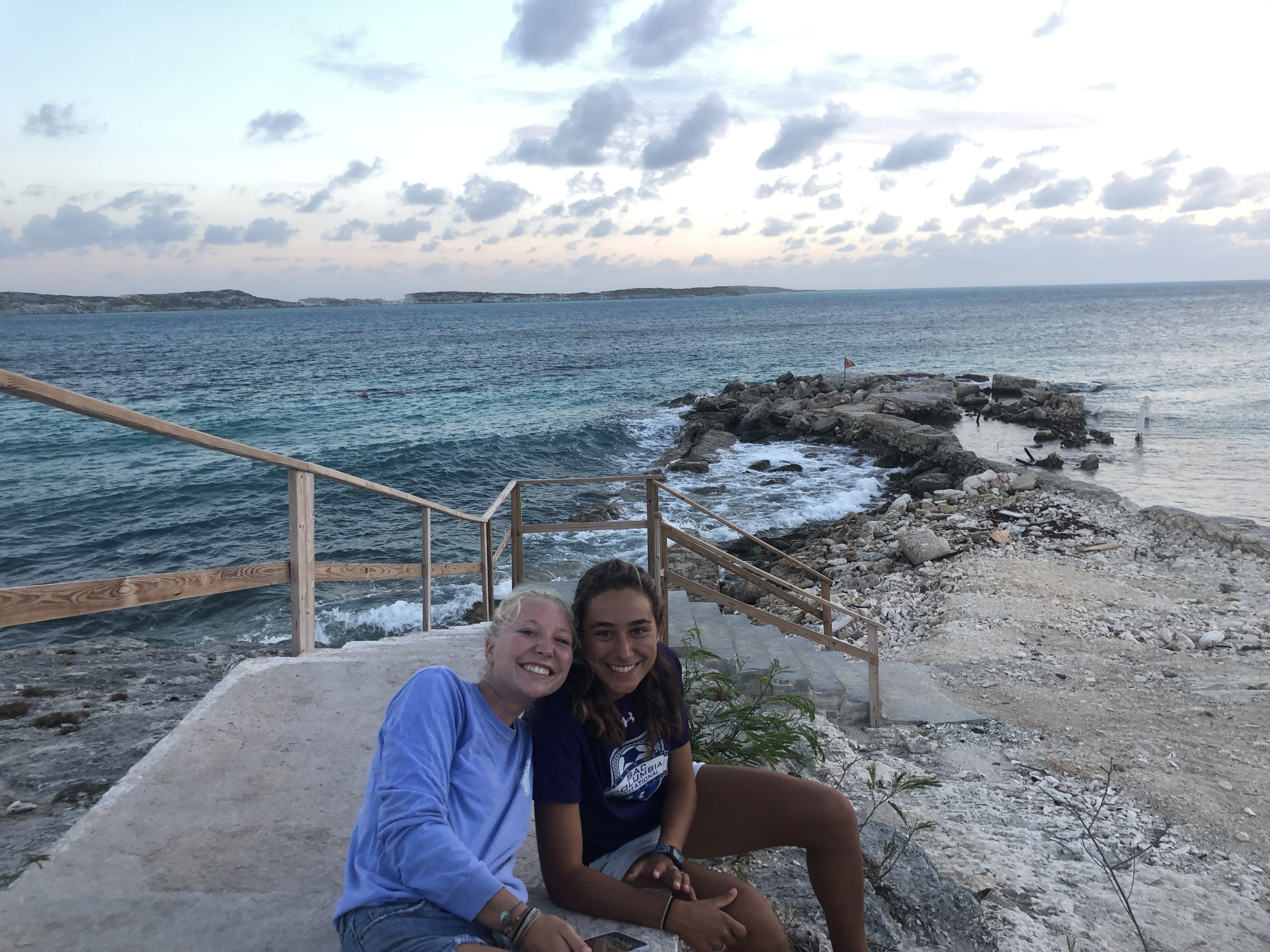
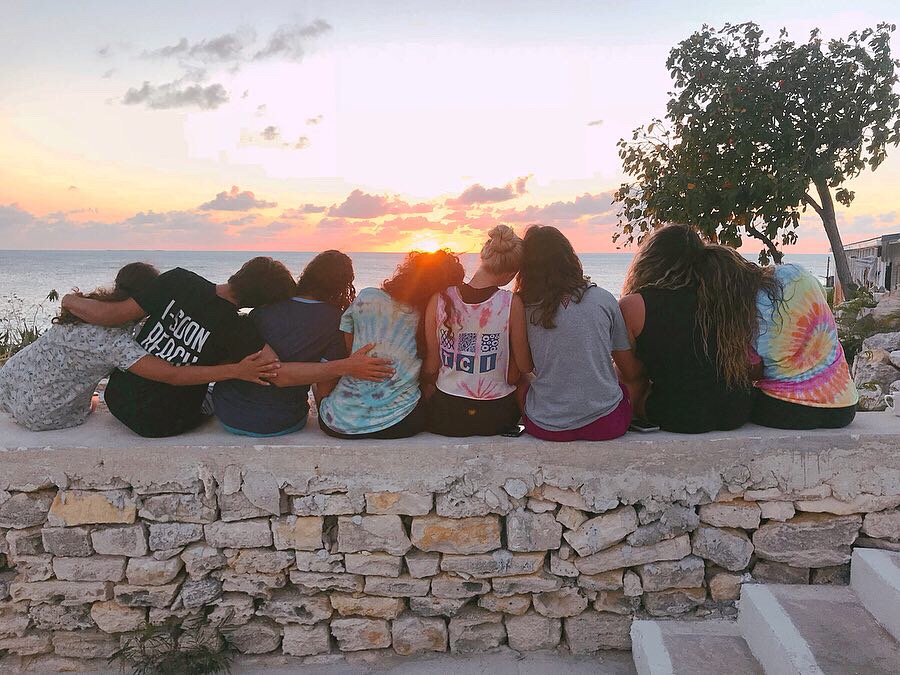
One can’t forget that there is so much to be thankful for in this sadness. To have this physical pain to say goodbye to your new best friends, new love, or new friend you shared so many experiences with. In that moment, you leave behind so much, and the fact that it hurt, meant there was something so beautiful and meaningful to make leaving so challenging.
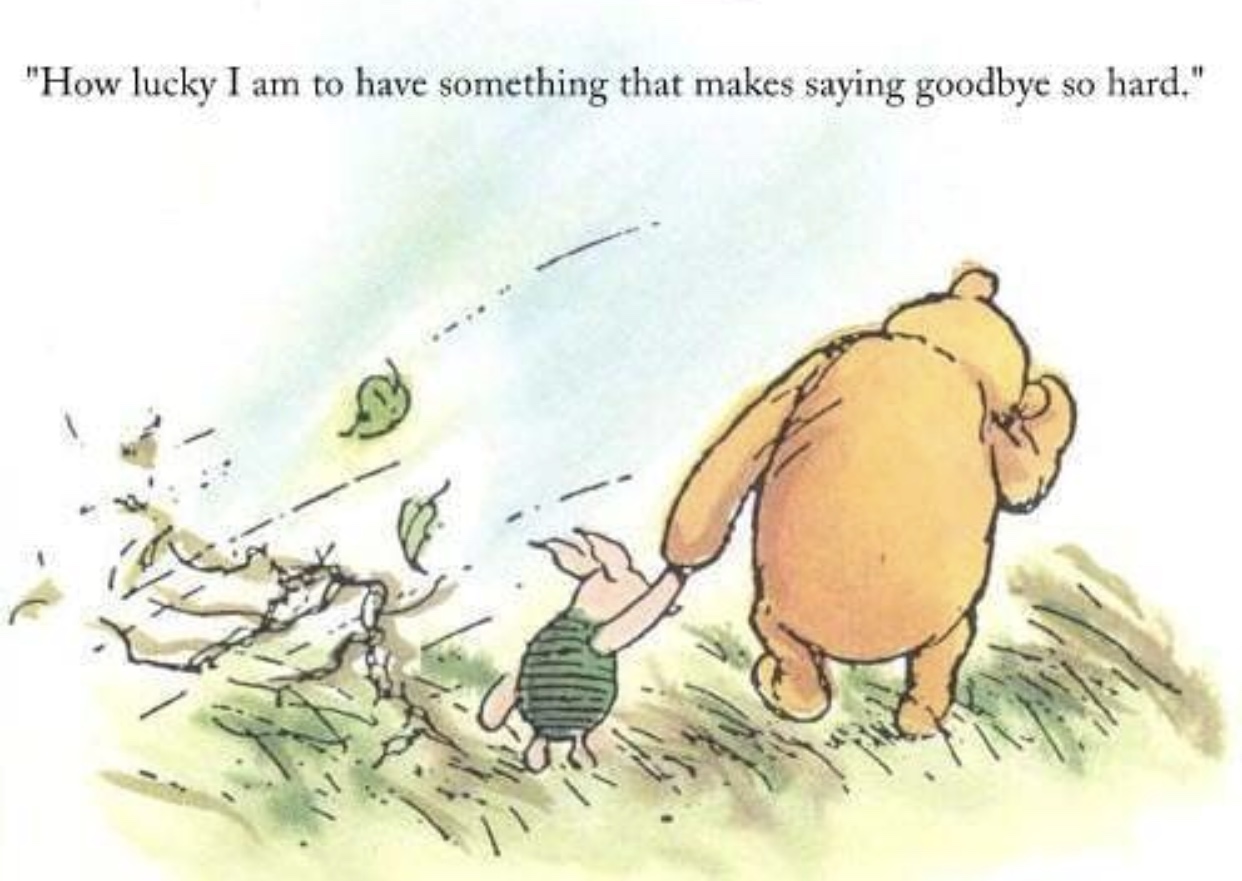
Writing letters to each other to read on the plane was a true gift. We had the opportunity to tell the true story of our appreciation for each other beyond the days of scrambling to pack and rushing to catch a flight. Happy to have a best friend to sit next to on the plane to cry it out with – thank you for everything, Rob. At least our “see you later” is much, much shorter!
